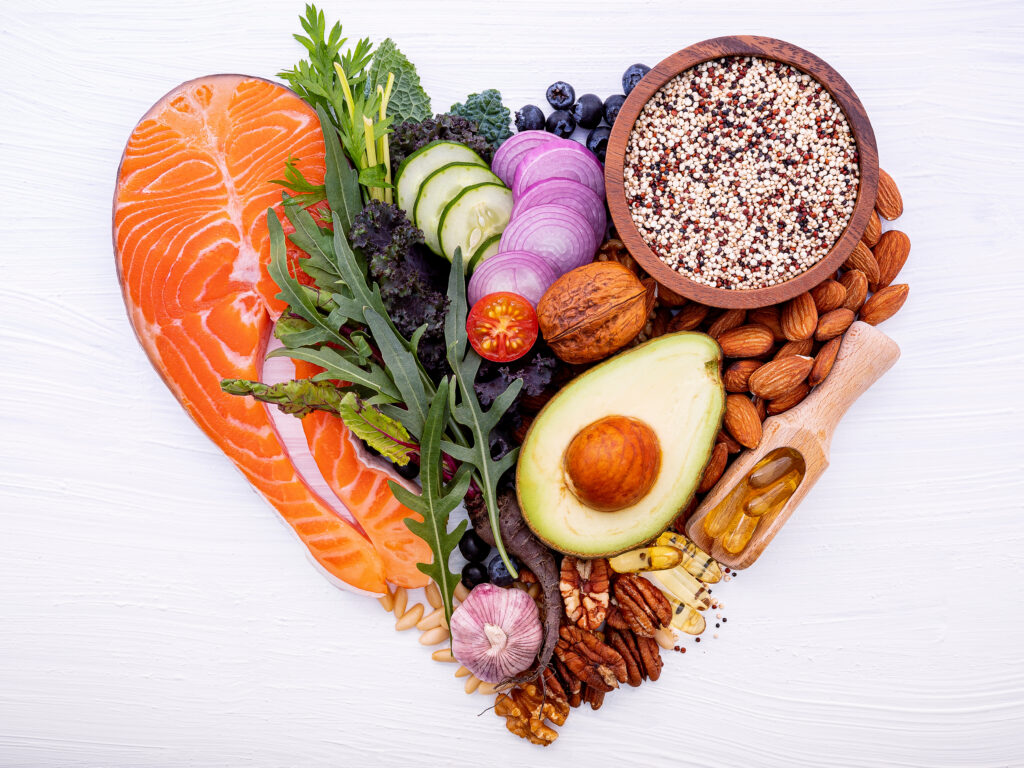Related Articles
Simple Ways to Cut Saturated Fat Without Sacrificing Flavor

Cholesterol levels have a way of creeping up and when they do, some changes are needed. This doesn’t necessarily mean an overhaul of your entire diet overnight, but small, simple swaps could make a big difference.
“Making gradual adjustments to your diet can have a significant impact on heart health,” says Dr. Eduardo Hernandez, an interventional cardiologist and president of The Texas Heart Institute Center for Cardiovascular Care. “By choosing healthier fats and incorporating more plant-based foods, you can lower your cholesterol while still enjoying your meals.”
If you’re looking to reduce saturated fat, here are 14 easy ways to start.
- Eat more fruits and vegetables. These are naturally fat-free and packed with heart-healthy nutrients.
- Choose fish and chicken over red meat. Opt for lean proteins and remove the skin from poultry to cut down on fat.
- Pick leaner cuts of beef and pork. Trim visible fat before cooking to reduce unnecessary saturated fat.
- Bake, broil, or grill instead of frying. Cooking methods like grilling keep the flavor without the extra fat.
- Switch to fat-free or low-fat dairy. Swap whole milk for skim milk and use low-fat yogurt instead of sour cream.
- Use egg whites instead of whole eggs. Two egg whites can replace one whole egg in recipes without losing protein.
- Skip cream and heavy cheese sauces. Try making your favorites with low-fat milk and cheese instead.
- Snack smarter. Instead of chips, choose healthy nuts such as almonds, cashews, walnuts, and air-popped popcorn and pretzels.
- Use healthy oils instead of butter or lard. Olive, canola, and sunflower oils are better choices for cooking.
- Read nutrition labels carefully. Some “fat-free” products are loaded with sugar, which can raise triglycerides.
- Compare fat content of similar products. Terms like “light” or “lite” can be misleading—always check the label.
- Ask for sauces and dressings on the side when dining out. This way, you control how much you’re eating.
- Watch out for hidden fats. Some foods, like refried beans or cereals, may have unexpected sources of fat.
- Flavor food with herbs and spices instead of butter. Lemon juice, garlic, and fresh herbs can add taste without extra fat.
By making small, mindful swaps, you can improve your heart health without feeling deprived. Every little change adds up!


